Two stunning supercars have become the talk of Bulgaria as they cruise through cities and towns in a powerful, high-octane campaign to spark national awareness. Adorned with striking visuals – the faces of known figures linked to the Bulgarian mafia, these exotic machines are not just a symbol of luxury, but of fearless protest.
For the past two weeks, the cars have toured the country, drawing crowds, sparking conversations, and igniting a wave of public engagement. The campaign, bold and unapologetic, aims to shine a light on the corruption and organised crime that have plagued the nation for decades. By placing the problem directly in front of the people, literally on the streets, the drivers are turning passive frustration into public dialogue.
While the vehicles comply with all traffic laws and regulations, their presence hasn’t gone unnoticed by authorities. The drivers have faced repeated fines and harassment over questionablе charges, suggesting that the pressure may be coming from higher powers threatened by the growing visibility of the movement. In truth, the reason behind these repeated stops and bureaucratic obstructions appears to be far more calculated: the vehicles, with their bold anti-mafia imagery, have become too loud, too public, and too provocative for those in power who rely on silence and fear to maintain control. Simply put, the mafia within the government doesn’t want to be exposed so openly, so boldly, and in a way that threatens to undermine its influence at the core.
Despite these obstacles, the team behind the campaign remains undeterred.
The supercars themselves - a Ferrari and a McLaren - are the perfect medium for a message that demands attention. In a country where silence often surrounds injustice, the roar of these engines is a welcome disruption. This isn't just a protest; it’s a mobile billboard of truth. And wherever these cars go, eyes follow, phones come out, and conversations begin. That way, more people can start paying attention to what is truly happening in our country and notice the corruption looming in the government.
However, the campaign has faced numerous issues. It would appear that freedom of speech ,or in this case, freedom of design, does not fully apply in Bulgaria. The responsible authorities are trying everything in their power to silence the voices of the Bulgarian people who want the mafia out of their government and who are showing their fellow citizens how serious the problem truly is.
The two vehicles were stopped for the first time on July 3rd without having committed any violations whatsoever. Their registration documents were confiscated, the Ferrari's due to a three-finger-wide tinted strip on the front windshield, which is part of the way it is manufactured, and the McLaren's because stickers on the hood were allegedly covering the vehicle’s original colour. Both drivers were tested for drugs and alcohol during the same inspection, and both results came back negative. Although tickets were issued, the exact fines were not disclosed at the time.
On July 4th, the cars were taken to Pleven for a technical inspection. On July 7th, they were cleared and allowed back on the road with temporary certificates permitting them to drive until their registration documents were returned. Subsequently, the McLaren was repeatedly stopped on the following dates: July 9th, 10th, twice on the 11th, and twice again on the 13th. At each of these stops, except the last, the driver received a 10 BGN fine for driving without a registration document, despite presenting the valid temporary certificate. Authorities in Pleven claimed they still hadn't located the McLaren's original document.
During the final stop on July 13th, the McLaren was taken off the road again due to 68% light transmission through the side windows, just below the legally required 70%. Later that same day, around 4:45 PM, the authorised representative was contacted to collect the documents from Pleven on July 14th. Upon arrival, only the Ferrari’s document was returned. The McLaren's was withheld, citing an order issued on July 13th and the vehicle's removal from circulation, meaning it must undergo another inspection. Over the entire period, the Ferrari received only two tickets: the first on July 3rd and the second on July 11th — the latter issued while it was accompanied by the McLaren and also for driving without a registration document.
It’s important to note that McLaren OEM glass is typically manufactured with approximately 70% visible light transmission, meaning that even a minor measurement discrepancy, especially using handheld roadside devices, can result in a reading of 68% or 69%, despite the car being legally compliant.
And the real reason for all these stops? Not the tint. Not the stickers. Certainly not traffic safety. The original justification was the stickers, yet those are fully legal by regulation:
-
They do not obscure the vehicle’s original colour.
-
They do not obstruct visibility (windshield, mirrors, lights).
-
They are not offensive, reflective, or imitate emergency/service vehicles.
-
They do not cover or interfere with license plates, VINs, or required markings.
The truth is simpler and more dangerous: these cars have become a bold anti-mafia message with the faces of those who are behind it all. And for a system built on lies, corruption, and stolen money, that kind of boldness is unacceptable.







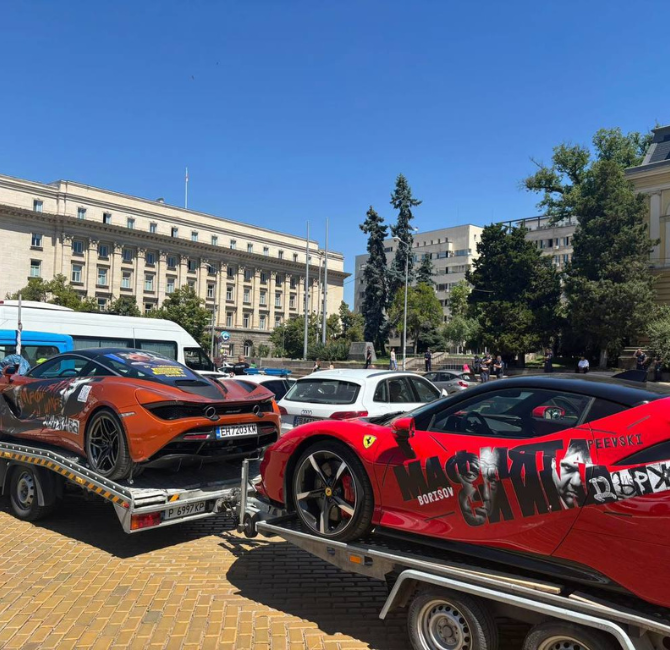
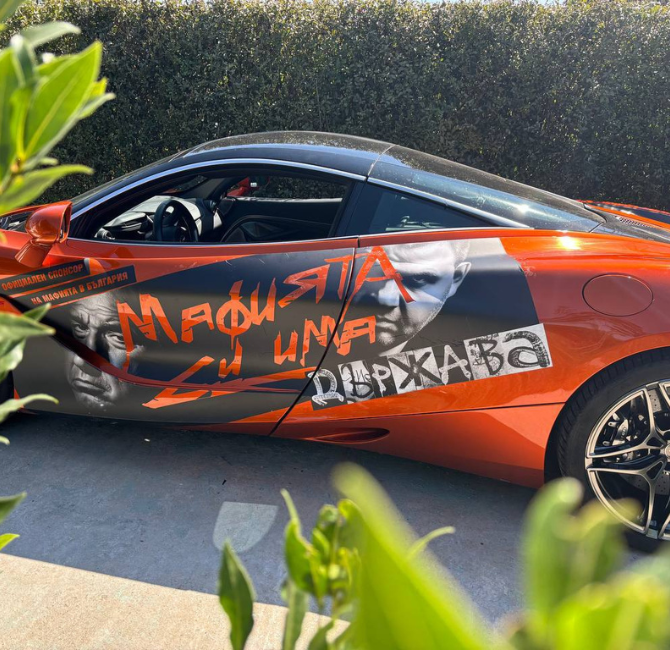
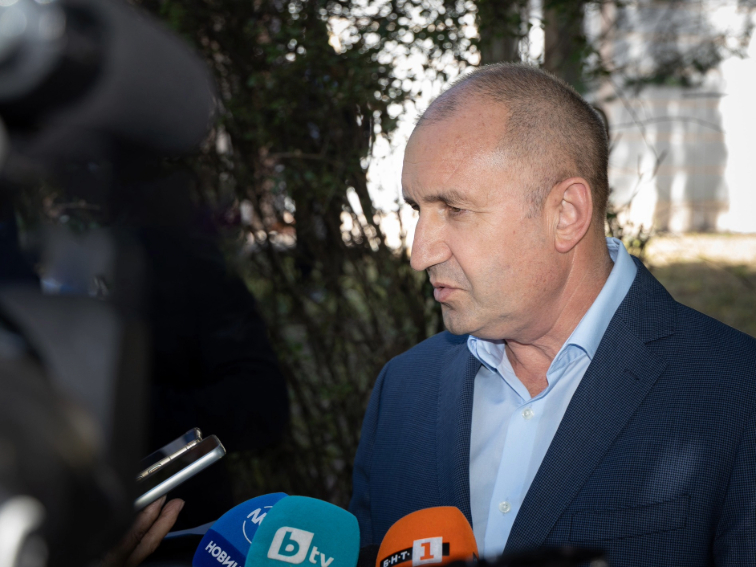
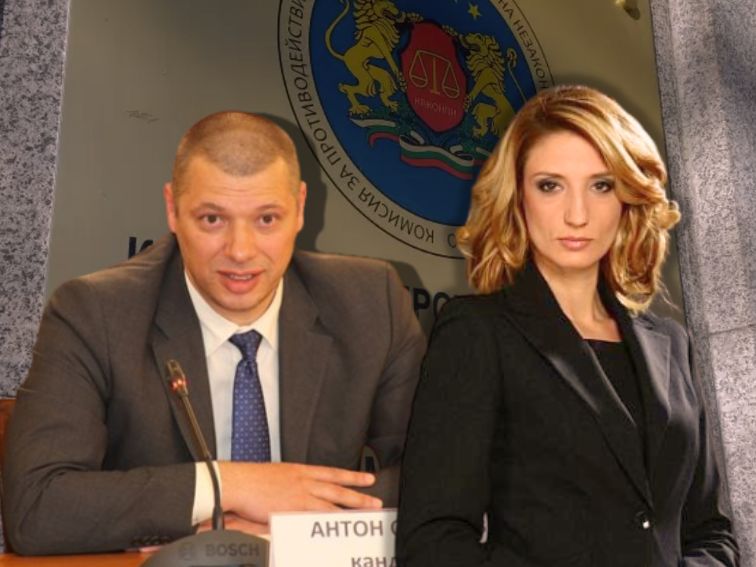
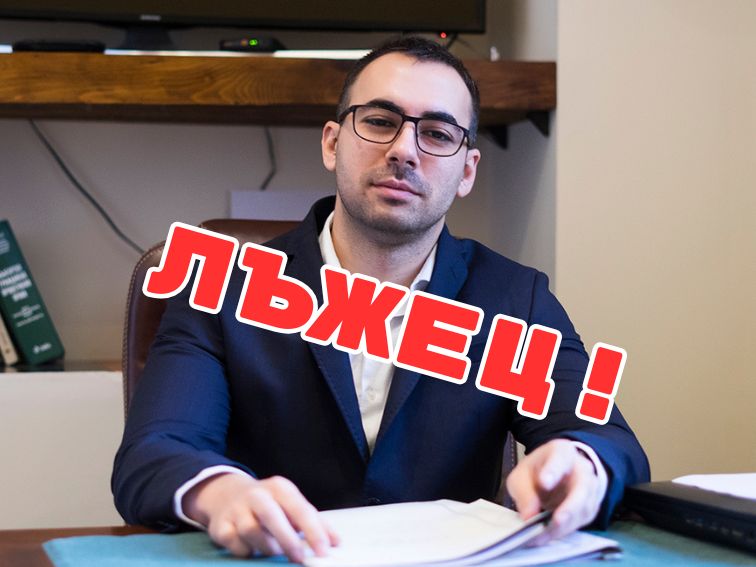

Comments
The article has 0 comments